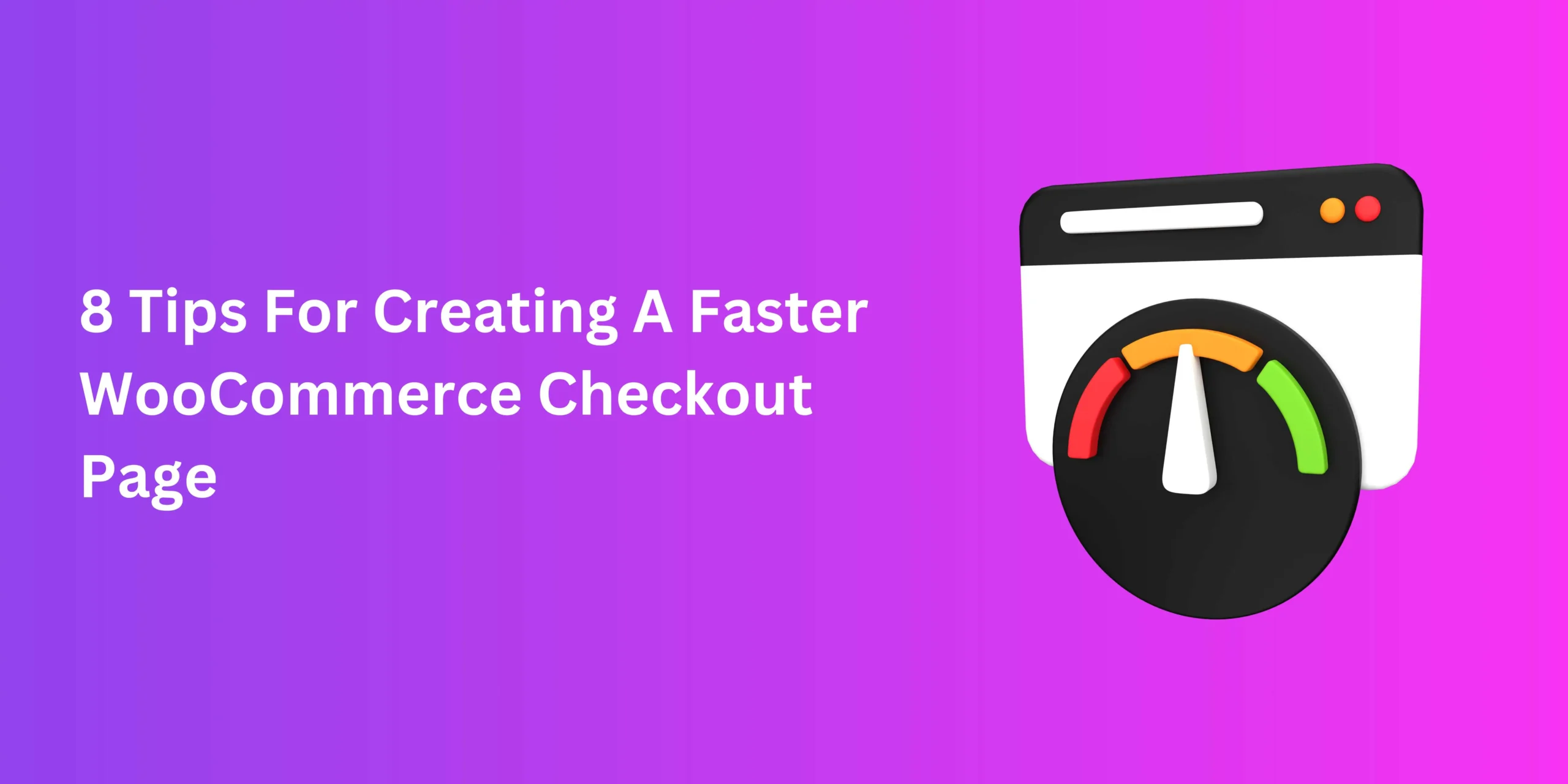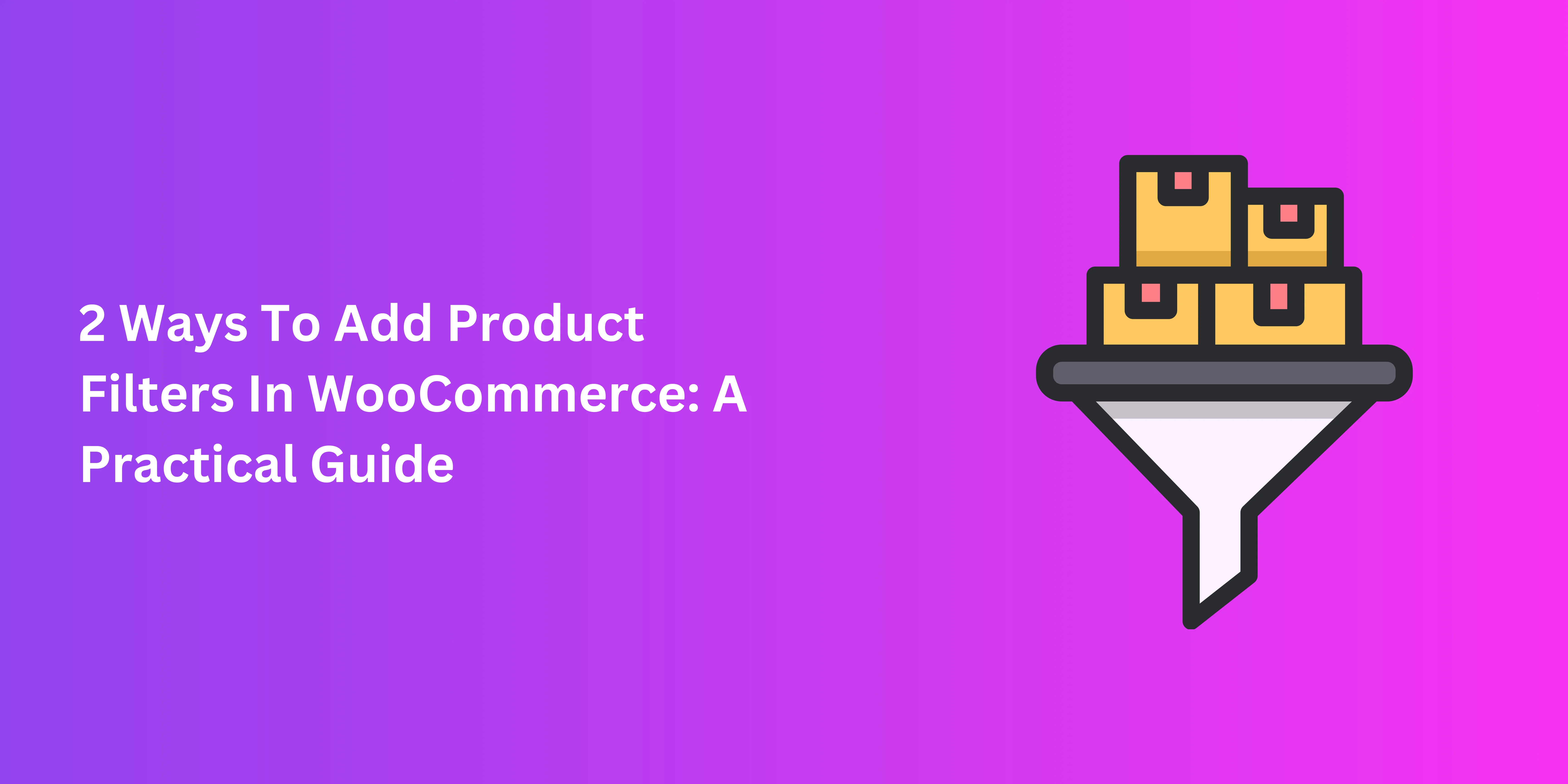Bracing for the e-commerce revolution means you have to do more than simply move your normal retail activities online. For online stores, designing a customer dashboard and investing in a quality checkout manager for WooCommerce shopping isn’t enough if you don’t know how to make the most of them.
There’s no denying the value of a robust woocommerce checkout page in driving sales and conversions. But cart abandonment isn’t just the result of shipping-related concerns or poor checkout personalization. On a slightly more technical note, how well your checkout page is performing can also be crucial in determining e-commerce success. Let’s examine.
Website Speed And UX
In marketing and commercial web design, having potential customers reach your business is an excellent start. But in the long term, it’s just the beginning. A lot of things can affect customer retention, chief among them being the speed and performance of your website.
Online customers generally lack the patience and attention of those flocking to brick-and-mortar establishments. The checkout process is a crucial stage where your buyers expect nothing less than flawless and sublime customer service and responsiveness. Sometimes, however, checkout pages will experience hiccups in performance, which proves problematic.
Poor Speed Derails The Customer Experience
It doesn’t matter whether you’re a digital corporation at its peak or a promising startup that’s currently finding its virtual footing. If the performance of your web pages experiences any resistance, you risk losing everything, from your sales to your site ranking.
For WooCommerce businesses, slow checkout pages are especially detrimental. In the case of new customers in particular, checkout is the step that cements their loyalty to a brand or a business. Delays in checkout can be the result of many things. However, poor performance and speed are uniquely frustrating and can cause shoppers to abandon their carts more readily.
What’s Causing Your Checkout Page to Lag?
Checkout pages tend to slow down due to the same key factors as other areas on an e-commerce website. However, a checkout page does have some unique elements and requirements that either contribute to slow speeds or are affected by it.
The following are some major culprits that may lead your checkout page to load or respond more slowly.
Crowded Checkout Forms and Functions
Adding more checkout fields means that the store has more steps to process before the purchase can finish. While some custom fields are necessary, too many of them can cause the page to load slower than usual.
Hosting Troubles
The web host provides the basic online architecture for accommodating your website. Choosing the wrong host can cause checkout to load more slowly, including during peak times of web traffic.
Poor Caching and Optimization
Caching and optimizing your website’s elements are necessary actions for elevating performance. If they aren’t up to task, your WooCommerce store lag from the burden of unoptimized code and images, as well as subpar caching.
Third-Party Integrations
When using a plugin like a WooCommerce checkout field editor, integrating other compatible plugins can seriously improve your site’s personalization and UX. However, some third-party tools and extensions can slow down your server without adding anything useful to counterbalance this loss of functionality.
Unoptimized Scripts
Scripts, such as JavaScript and CSS, play a huge role in giving your checkout page structure and functionality. If you don’t optimize them for speed, their performance will suffer greatly.
Improving WooCommerce Checkout Speed: 7 Best Practices
- Downscale Unnecessary Plugins
Plugins to a WooCommerce store are like apps for a smartphone. They certainly serve a purpose, but too many of them can cause overload. Thus, performance will suffer. So, only stick to reliable plugins and lose the ones that aren’t essential to checkout management.
The same applies to third-party checkout tools. Plugins like WPML are undeniably vital to your online store. But some, like third-party payment gateways, can negatively affect the functionality of your store. So be wary of those and select your compatible tools carefully.
- Use Checkout Fields Sparingly
Use a reliable checkout manager for WooCommerce to hide or delete fields that your checkout page does not need. A simpler checkout process is easier to navigate, but also a breeze to process in time.
- Lessen External Scripts
External scripts are more likely to lead to slower load times for woocommerce checkout pages. So, favour internal CSS or HTML and only use their external counterparts where you can’t substitute them.
- Cache and Optimize Checkout Elements
Speed up your checkout page by caching them, and optimize product images for faster speed with lazy loading or compression formats.
- Fine-Tune Real-Time Checkout Functions
Consider streamlining inventory checks and shipping rates for greater efficiency. That way, you can preserve UX and customer service while improving your checkout performance.
- Perform Database Cleanups
Redundant data from database queries can lead to slower loading times across your website. Routine cleanups can avert this issue and enhance the performance of your online store. Consider automating these cleanups for ease and efficiency.
- Opt for Mobile-First Design
The bulk of your online traffic already comes from phone users. With mobile-friendly design, you can design a more responsive and user-friendly woocommerce checkout page for users of all devices.
Conclusion: Woocommerce checkout page
The simple fact is that slow website speeds are a deal-breaker for users. In the realm of e-commerce, it can prove even worse for online stores in the form of slow checkout pages. Luckily, it’s not too late to solve this problem effectively and for good.
Thanks to caching, hosting, and other performance-enhancing solutions, improving the speed of your WooCommerce checkout page is not that different from any other part of your website. For everything else, a quality WooCommerce checkout field editor can prove even more useful.




